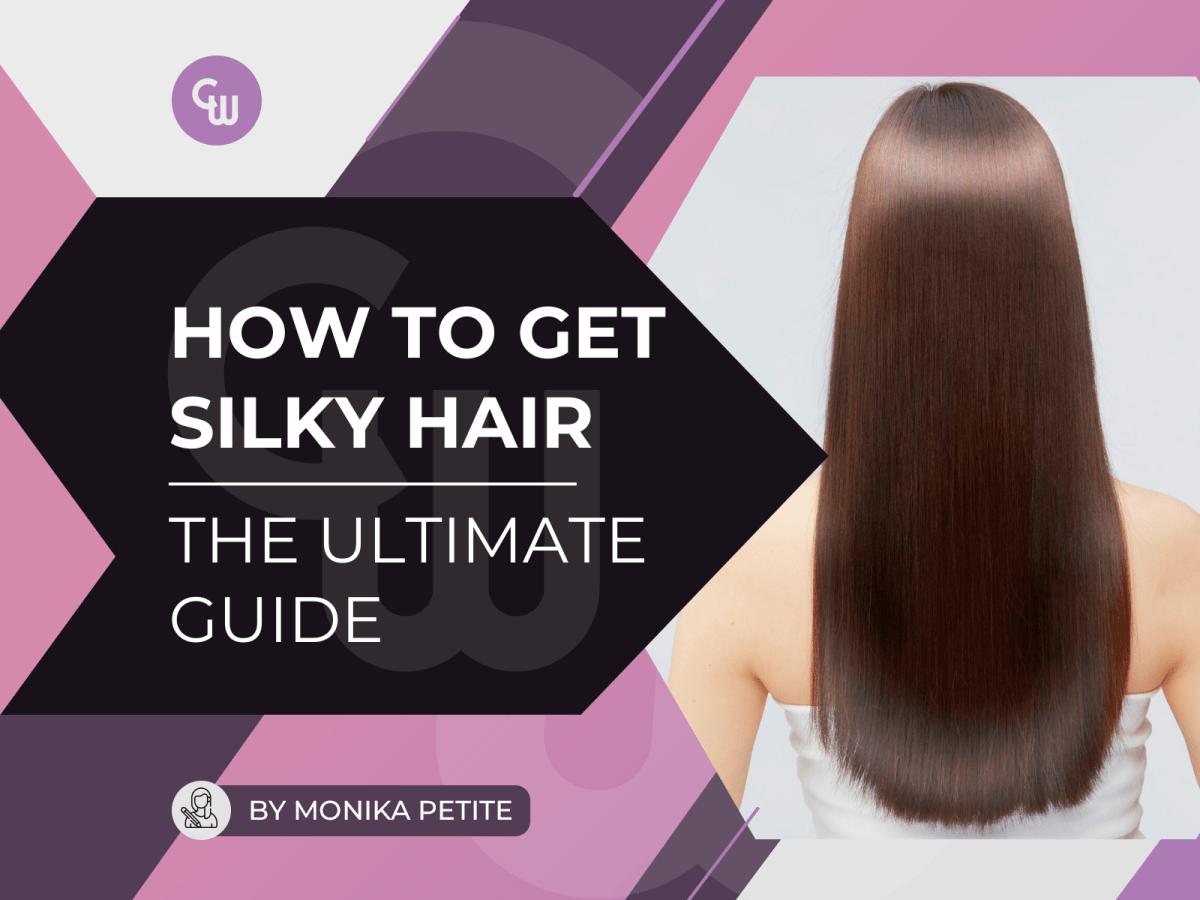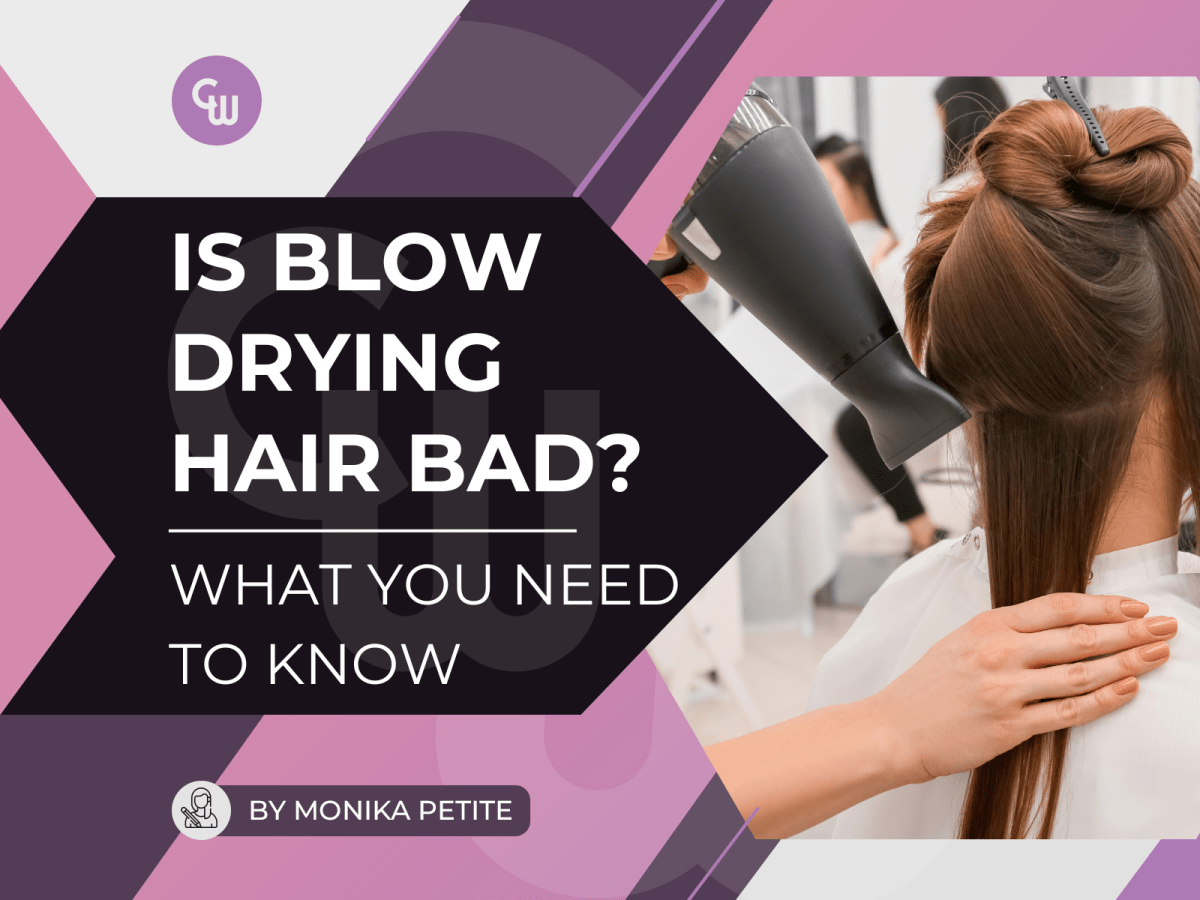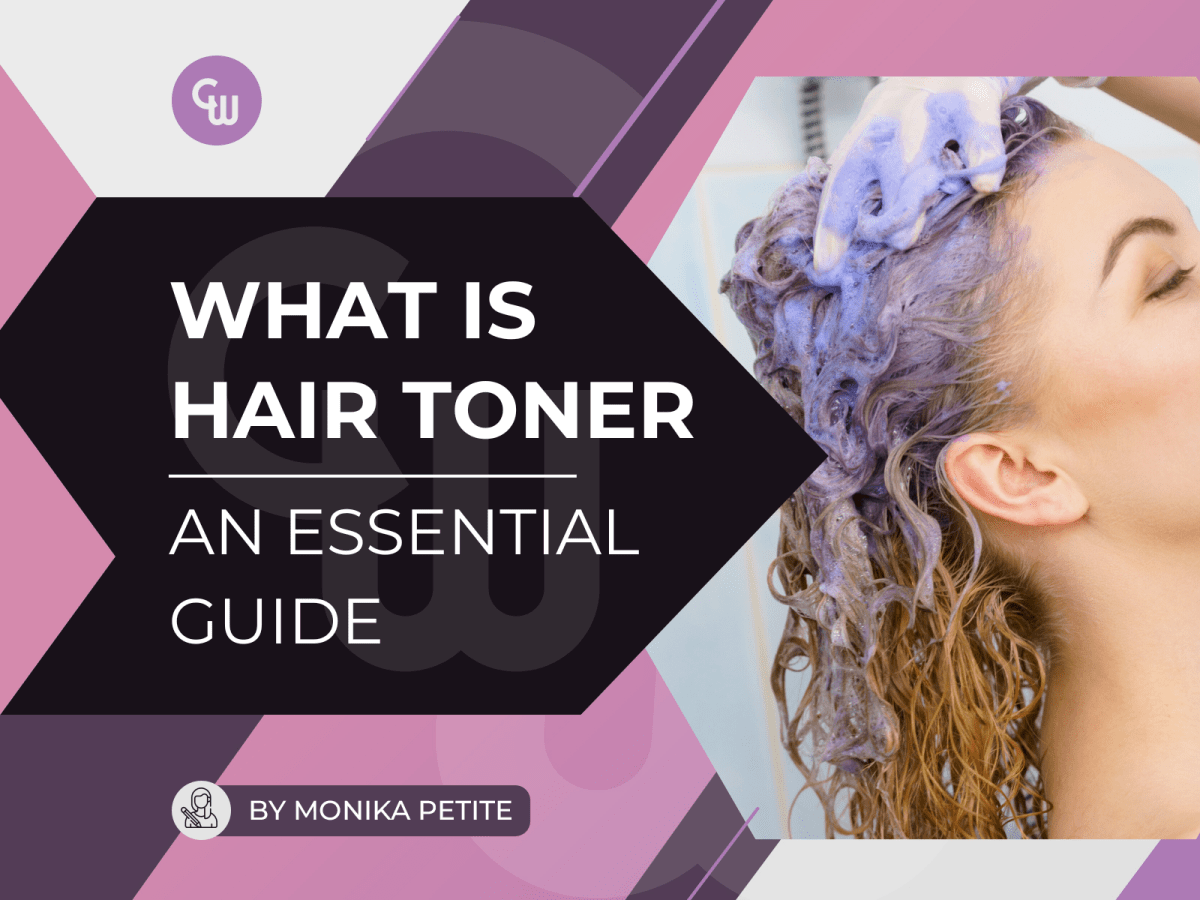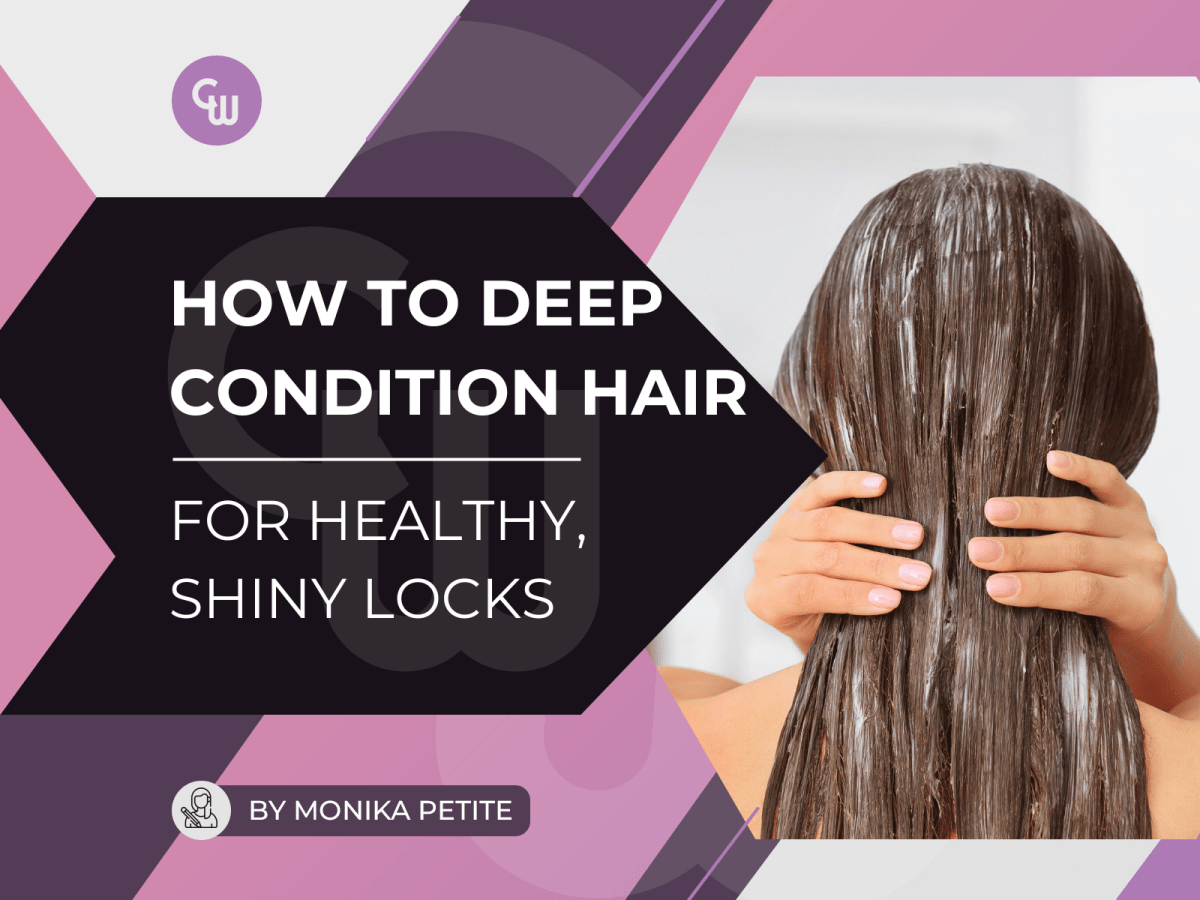Inside this Article
- What “silky hair” really means
- The Science of Smoothness
- Scalp First: The Foundation of Silky Hair
- Cleansing Frequency For Healthy Hair
- Scalp Massage & Exfoliation
- Managing Hair Oil, Buildup & Dandruff
- Wash-Day Routine That Creates Slip
- Conditioner & Mask Strategy
- How to Apply Conditioner for Maximum Smoothness
- Deep Conditioning Treatments: When & How
- Protein vs. Moisture Masks: What Your Hair Really Needs ⚖️
- Leave-Ins, Serums & Sealants
- Heat Styling Without the Damage
- Tools & Accessories That Boost Silkiness
- Lifestyle, Nutrition & Habits
- Tailoring Your Routine by Hair Type
- Fine / Straight Hair: Light Layers for Glass-Like Shine
- Wavy / Curly / Coily Hair: Definition First, Then Polish
- Color-Treated / Bleached Hair: Extra Care Tips
- Seasonal & Environmental Adjustments
- Common Mistakes to Avoid
- Summary
- Frequently Asked Questions
What “silky hair” really means

When we talk about soft and silky hair, we’re really talking about three main things:
-
Shine ✨ – that reflective glow you see when hair is well-nourished and smooth enough to bounce light back, making it look healthy and vibrant.
-
Slip 🌀 – how easily your strands glide past each other without tangling, a sign of a smooth, healthy hair texture.
-
Softness 💆 – that touchable, smooth feel we all love, which usually comes hand in hand with shine and slip. Soft hair doesn’t just look great, it feels amazing too.
In short, it all comes down to the condition of your hair cuticles. When your hair's smooth and healthy, it reflects light better and feels incredibly soft, giving you that silky finish everyone desires. 💖
Why hair loses its silkiness
Getting silky smooth hair is one thing—keeping it silky is another. A few common culprits can strip away that smooth texture:
-
Heat styling & chemical treatments 🔥 – Frequent straightening, curling, bleaching, or perming can roughen up the hair shaft, leading to split ends, frizz, and a less silky look.
-
Environmental stress 🌬️ – Humidity is often the enemy here. It lifts the hair cuticle and steals moisture, leaving hair frizzy and dull.
-
Genetics 🧬 – Our hair's natural texture plays a big role in how smooth or frizzy our strands tend to be.
-
Over-washing & harsh shampoos 🚿 – Stripping away too much of your scalp’s natural oils leads to dryness, preventing that silky, smooth hair.
The good news? Once you know what’s working against your hair, you can adjust your routine to restore softness and shine. 🌿
The Science of Smoothness

If you’ve ever wondered why some routines make your hair feel silky, it comes down to the structure of your strands. Hair is made up of three main layers:
-
The cuticle – This is the outer layer and the most important one when it comes to smoothness. When the cuticle lies flat, your hair reflects light beautifully, which is what gives it that shiny, silky look. ✨
-
The cortex – The middle layer that gives your hair strength, elasticity, and color. 💪🎨
-
The medulla – The innermost layer, which is usually more prominent in thicker hair. 🧬
The cuticle is really the star here. When it’s raised (thanks to humidity, static, or damage), hair feels rough, frizzes up, and loses shine. But when it’s smooth and sealed, hair instantly looks and feels softer. That’s why keeping your hair’s pH balanced and using products that help close and protect the cuticle is key to achieving that silky, touchable finish. ✨💖
Scalp First: The Foundation of Silky Hair

If you want silky hair, it all starts with the scalp. Think of it like this: just as a plant needs healthy soil to grow, your hair needs a well-nourished, clean scalp to thrive. A balanced scalp environment keeps your hair follicles working at their best, which not only supports healthy hair growth but also makes it naturally softer and smoother. 🌿🌸
Here are a few key practices that help create the perfect foundation:
-
Cleansing hair regularly to keep buildup away 🧴
-
Tailored care based on your hair type 🧑🦰
-
Hair wash frequency (not too often, not too little) ⏰
-
Scalp massages to boost circulation 💆♂️
-
Gentle exfoliation to clear dead skin cells and product residue 🧽
Cleansing Frequency For Healthy Hair
Washing your hair too often can strip away natural oils, leaving it dry and dull. But not washing enough can cause buildup that clogs follicles. The sweet spot depends on your hair type:
-
Fine hair – usually gets oily faster, so every 1–2 days works best. ⏳
-
Medium-textured hair – typically does well with a wash every 2–4 days, depending on how oily it gets. 🗓️
-
Thicker hair – holds onto hair oils longer, so you can often stretch it to 1–2 weeks between washes. 📅
Scalp Massage & Exfoliation
Scalp massages aren’t just relaxing—they actually increase blood flow to your follicles, which can encourage stronger, healthier, and yes, silkier hair. Adding essential oils like peppermint or lavender can take it up a notch, helping to nourish the scalp while you massage.🌺
Exfoliation also plays a big role. By clearing away dead skin cells and product buildup, you’re creating the ideal environment for growth. Think of it as giving your scalp a “reset” so your hair has the best chance to flourish. 🔄
Managing Hair Oil, Buildup & Dandruff
A healthy scalp doesn’t mean squeaky clean—it means balanced. The trick is to use gentle cleansers, like sulfate-free shampoos, that clean effectively without stripping away your natural oils.
-
If dandruff is an issue, natural oils such as tea tree or coconut oil can help thanks to their antifungal and hydrating properties.🥥
-
For oily or flaky scalps, using a mild shampoo more frequently can help remove excess oil and dead skin while still keeping the scalp comfortable. 🧼
Wash-Day Routine That Creates Slip

A consistent haircare routine can completely change the way your hair looks and feels. By reducing friction during detangling and styling, you improve slip—which simply means your strands glide past each other more easily, making your hair softer, smoother, and far easier to manage. ✨
The secret? It’s all about preparation, gentle cleansing, and smart rinsing techniques. Let’s break it down step by step. 🧴
1. Pre-Poo Oils & Gentle Detangling
Starting with a pre-shampoo treatment (pre-poo) helps protect and prep your hair before cleansing. Oils or primers add a light barrier that:
-
Locks in moisture 💧
-
Makes detangling easier 🪮
Before washing, take a few minutes to gently detangle with your fingers or a wide-toothed comb. This small step:
-
Reduces knots 🧩
-
Minimizes breakage ✂️
-
Keeps your strands healthier in the long run 🌟
2. Choosing the Right Shampoo
Not all shampoos are created equal. If you have dry hair or scalp dryness, a sulfate-free shampoo is often the better choice because it:
-
Cleans gently without stripping away natural oils 🌿
-
Helps maintain softness and shine ✨
-
Reduces irritation on sensitive scalps 🌸
If your hair gets oily quickly, you might still prefer a mild shampoo with light cleansing agents—just make sure it isn’t too harsh.
3. Water Temperature & Rinsing
Water temperature makes more of a difference than you might think. Here’s a simple approach:
-
Warm water – opens up the hair cuticle so dirt and buildup can wash away. ♨️
-
Lukewarm water – keeps some moisture while still cleansing effectively. 🌡️
-
Cool water (final rinse) – smooths and seals the cuticle, for less frizz and shiny hair. ❄️
A good rule of thumb: wash with warm water, then finish with a cool rinse for that silky-smooth finish. 🌊
Conditioner & Mask Strategy

Deep conditioning treatments and hair masks are true staples for silky smooth hair. They restore moisture, tame frizz, and bring back that smooth, glossy finish by coating your strands with nourishing oils and emollients. Whether it’s your go-to conditioner after every wash or a rich weekly hair mask, these products help keep hair soft, hydrated, and manageable. 💆
How to Apply Conditioner for Maximum Smoothness
A little technique goes a long way:
-
Focus on the mid-lengths to ends ✂️, where hair tends to be driest.
-
Apply generously and evenly to damp or wet hair. 💦
-
Leave it on for at least 3 minutes ⏳ so ingredients like jojoba oil, argan oil, or shea butter have time to do their job. 🥥🌿
For an extra boost, try a leave-in conditioner on damp hair to lock in moisture all day. I find that ones with lightweight oils like grapeseed or coconut give hydration without weighing hair down. 🍇🥥
Deep Conditioning Treatments: When & How
If you're dealing with rough, dull, or damaged hair, a deep conditioning mask once a week can really transform it. These treatments are loaded with hydrating ingredients that go beyond surface-level softness. 🌊
-
Leave it on for 20–30 minutes ⏳ to let the moisture sink in.
-
Rinse with cool water ❄️ to help seal the cuticle and boost shine. ✨
Look for masks with hyaluronic acid or glycerin if you have very dry hair, or shea butter and argan oil if you want deep nourishment. 🧴
Protein vs. Moisture Masks: What Your Hair Really Needs ⚖️
Choosing the right mask depends on what your hair is craving:
-
Protein masks – Strengthen and repair 💪, perfect if you have color-treated, heat-damaged or bleached hair. Look for ones with keratin, collagen, or silk proteins. 🧬
-
Moisture masks – Hydrate and soften 💧, best if your hair feels frizzy, brittle, or dry. Masks with aloe vera, coconut milk, or avocado oil are great for this. 🥑🌴
Pro tip: Alternate between the two if you’re unsure—most hair needs both strength and hydration to stay silky and balanced. 🔄
Leave-Ins, Serums & Sealants

If you want to keep that silky finish long after wash day, leave-in conditioners, serums, and sealants are your best friends. These styling products are packed with humectants (to pull in excess moisture 💧), emollients (to smooth the cuticle ✨), and occlusives (to lock everything in 🔒), giving you lasting, shiny, and soft hair. 🌟
And let’s talk about silicones for a moment. They often get a bad reputation, but when used correctly, they can be a huge help. Silicones form a lightweight barrier that:
-
Locks in hydration 💦
-
Adds a glossy shine ✨
-
Protects against humidity 🌧️
-
Offers heat protection 🔥
How Much Product to Use
Getting the dosage right is key:
-
Start small (a pea-sized amount for serums, or a pump for leave-ins). 👌
-
Distribute evenly through damp or slightly towel-dried hair. 👐
-
Add more only if your strands still feel dry. 💆
Fine hair generally needs less, while thick or coarse hair can handle more product without looking greasy. 💁
Choosing the Right Products
-
Leave-in conditioners: Great for daily moisture and detangling. Look for ingredients like aloe vera, glycerin, or coconut milk.🥥
-
Serums: Best for smoothing frizz and adding shine. Serums with argan oil, jojoba oil, or dimethicone work beautifully. 💧
-
Sealants: Ideal for locking in hydration after applying lighter styling products. Options like shea butter, castor oil, or silicones provide long-lasting protection. 🧴
Adding these into your routine means your hair stays hydrated, smooth, and protected against the usual culprits—humidity, friction, and dryness. Think of them as your daily defense system for silky strands.💖
Heat Styling Without the Damage

Heat styling can give you sleek, shiny results, but it comes with the risk of damage if you’re not careful. The good news? A few smart practices can help you style safely while keeping your hair silky and healthy. 💇♀️
Drying Tips
-
Dry hair gently using a microfiber towel or the plopping method to reduce friction and breakage.🌀
-
Blow-drying: Attach a nozzle to direct airflow and work in sections for even drying. Always use a heat protectant spray to shield strands from high temperatures. If possible, use a blow dryer with adjustable heat settings to further protect your hair. 🌬️
Flat & Curling Iron Tips
-
Set hair straighteners to the lowest effective temperature. 🌡️
-
Avoid going over the same section multiple times. 🚫
-
Limit the frequency of heat styling tools—your hair needs breaks to stay healthy.🛑
-
Combine heat styling with regular deep conditioning treatments to maintain moisture, strength, and silkiness. 💧💪
With these habits, you can still enjoy the look of styled hair without sacrificing softness, shine, or overall hair health. Think of it as smart styling—beautiful results, minimal damage.💖
Tools & Accessories That Boost Silkiness

Sometimes, it’s the right styling tools and accessories that make all the difference in achieving silky, smooth hair. The key is reducing friction, preventing breakage, and helping your hair stay nourished. ✨🛠️
-
Brushes & Combs – Options like boar bristle brushes, paddle brushes, or wide-tooth combs help distribute natural oils from your scalp while gently detangling, reducing breakage, and promoting shine. 🪮
-
Pillowcases – Switching to a satin or silk pillowcase can minimize friction while you sleep, preventing tangles, frizz, and split ends. 🛏️
-
Hair Accessories – Silk scrunchies or gentle hair ties protect strands from unnecessary pulling and breakage. 🎀
-
Shower Filters – Hard water can leave minerals that dull your hair. A good shower filter keeps hair soft, shiny, and buildup-free. 🚿
Investing in these tools doesn’t just make styling easier—it helps maintain long-term hair health and keeps your strands feeling silky day after day. 🌿
Lifestyle, Nutrition & Habits

Silky and shiny hair isn’t just about what you put on it—it’s also about how you treat your body. A healthy diet, proper hydration, and essential nutrients make a huge difference in hair strength, shine, and overall texture. 🍎
-
Nutrition matters – Protein and healthy fats are essential for strong, glossy strands. Foods rich in omega-3s, biotin, and vitamins can help maintain healthy hair. 🥑
-
Supplements – They can be helpful if your diet is lacking, but always check with a healthcare professional before starting anything new. 💊
-
Sleep & Stress Management – Lack of sleep or high stress can cause dullness and hair loss. Prioritizing rest and finding ways to manage stress not only benefits your overall health but also helps your hair look and feel its best. 🛌
Tailoring Your Routine by Hair Type

Knowing your hair type is key to creating a routine that actually works. Fine, curly, wavy, or color-treated hair all have different needs, and adjusting your products and techniques can make a huge difference in achieving silky, soft hair. 💇
Fine / Straight Hair: Light Layers for Glass-Like Shine
-
Adding light layers can boost movement and shine, giving your hair that glassy, polished finish. 💎
-
Use lightweight products that won’t weigh down your hair. 🕊️
-
Regular trims help maintain shape and prevent split ends. ✂️
Wavy / Curly / Coily Hair: Definition First, Then Polish
-
Define your curls before adding finishing products to lock in texture. 🔄
-
Use a leave-in conditioner to retain moisture and keep curls soft. 💧
-
Sleep on a satin pillowcase to reduce friction and frizz. 🛏️✨
-
Refresh curls between washes with a dry shampoo to maintain bounce and definition. 🌿
Color-Treated / Bleached Hair: Extra Care Tips
-
Color-treated hair needs more moisture and gentle care to stay soft and shiny. 💦
-
Use shampoos and conditioners made for chemically treated hair to protect and repair strands. 🛡️
-
Regular trims (every 6–8 weeks) prevent split ends and maintain beautiful hair. ✂️
-
Minimize heat damage and always use heat protection to safeguard your hair.🛡️
Seasonal & Environmental Adjustments

Your hair isn’t the same all year round, and your routine shouldn’t be either. Adjusting for seasonal changes and different environments helps keep your hair smooth, silky, and soft no matter what. 🍂
-
Winter dryness ❄️ – Cold air and indoor heating can strip moisture. Combat it with extra hydrating conditioners, hair masks, or leave-in treatments. 🧴
-
Summer humidity 🌧️ – Frizz is often the main challenge. Use anti-frizz serums or lightweight oils for smooth hair. ✨
-
Travel & hotel stays 🏨 – Different water quality or hard water can affect your hair. A simple trick is to use bottled or filtered water for the final rinse to maintain softness and shine.🚿
Common Mistakes to Avoid

Even with the best intentions, certain habits can slow down your journey to silky hair. Being aware of these common mistakes can help you keep your strands healthy, soft, and shiny:
-
Over-washing 🚿 – Strips natural oils and leaves hair dry.
-
Over-brushing 🪮 – Can cause breakage, frizz, or even hair loss.
-
Excessive heat styling 🔥 – Frequently blow-drying hair, using flat irons, or curling irons can damage strands and make hair dry.
-
Heavy oils on fine hair 🛢️ – Can weigh hair down and make it look greasy.
-
Protein overload 🥚 – Too much protein can make hair stiff and brittle.
Also, never skip heat protectants 🛡️ or UV protection 🌞—these are essential for shielding your hair from damage. By avoiding these pitfalls, you’re giving your hair the best chance to stay healthy, silky, and smooth. 🌿✨
Summary
Getting silky hair isn’t just about one miracle product—it’s about taking a comprehensive approach. From understanding the science behind smooth, shiny hair to tailoring your routine to your hair type, every step counts. Focus on scalp health, choose the right products and styling tools, and make simple lifestyle adjustments to support your hair from the inside out. Stick with these habits consistently, and you’ll see your hair transform into the soft, shiny, and silky locks you’ve always wanted. Your hair will thank you!
Frequently Asked Questions
How often should I wash my hair for it to stay silky?
Washing your hair depends on your hair type! Fine hair usually does best every 1–2 days, while thicker hair can go 1–2 weeks between washes. Find what works for you and enjoy that natural shine!
What is the best way to apply conditioner for maximum smoothness?
Apply it generously to damp hair, focusing on the mid-lengths to ends, and let it sit for at least 3 minutes. This helps your hair absorb moisture and oils, leaving it soft and silky!
How can I manage dandruff without stripping my hair of its natural oils?
Wash your hair with gentle, sulfate-free shampoos and consider adding tea tree or coconut oil for their antifungal and moisturizing benefits. This keeps your scalp healthy without drying out your hair!
What products should I use for color-treated hair?
Go for shampoos and conditioners made for chemically treated hair, and protect your strands with UV protection. Regular trims also help keep your hair healthy and your color looking vibrant!
How can I achieve silky hair if I have curly hair?
Define your curls with a leave-in conditioner and sleep on a silk pillowcase to reduce frizz. With the right care, your curls can stay soft, shiny, and silky!






